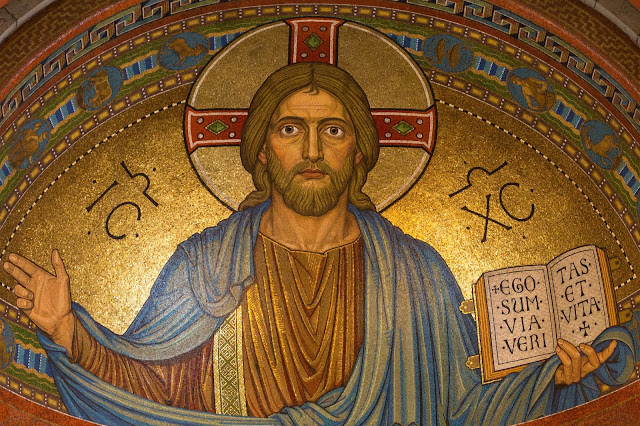Christian ethics (part 1): Christ-centered

This post begins a series exploring the book Fully Human in Christ: The Incarnation as the End of Christian Ethics by Todd Speidell. For other posts in the series, click a number: 2 , 3 , 4 , 5 . Some assert that Thomas F. Torrance failed in his writings to offer a well-developed Christian ethic (particularly a social ethic). Todd Speidell disagrees, giving us in Fully Human in Christ a helpful, carefully researched compendium of TFT's writings on the topic of Christian-theological ethics. The subtitle of Speidell's book ( The Incarnation as the End of Christian Ethics ) refers not to the termination of ethics in Christ, but to the fulfillment or goal ( telos ) thereof. It also is Speidell's way of noting that Christ's vicarious humanity brings to an end all vain attempts to do good or to be good apart from who Christ is and what Christ has done on our behalf and in our place. TFT teaches that Christian ethics is not about self-directed efforts to model o...

